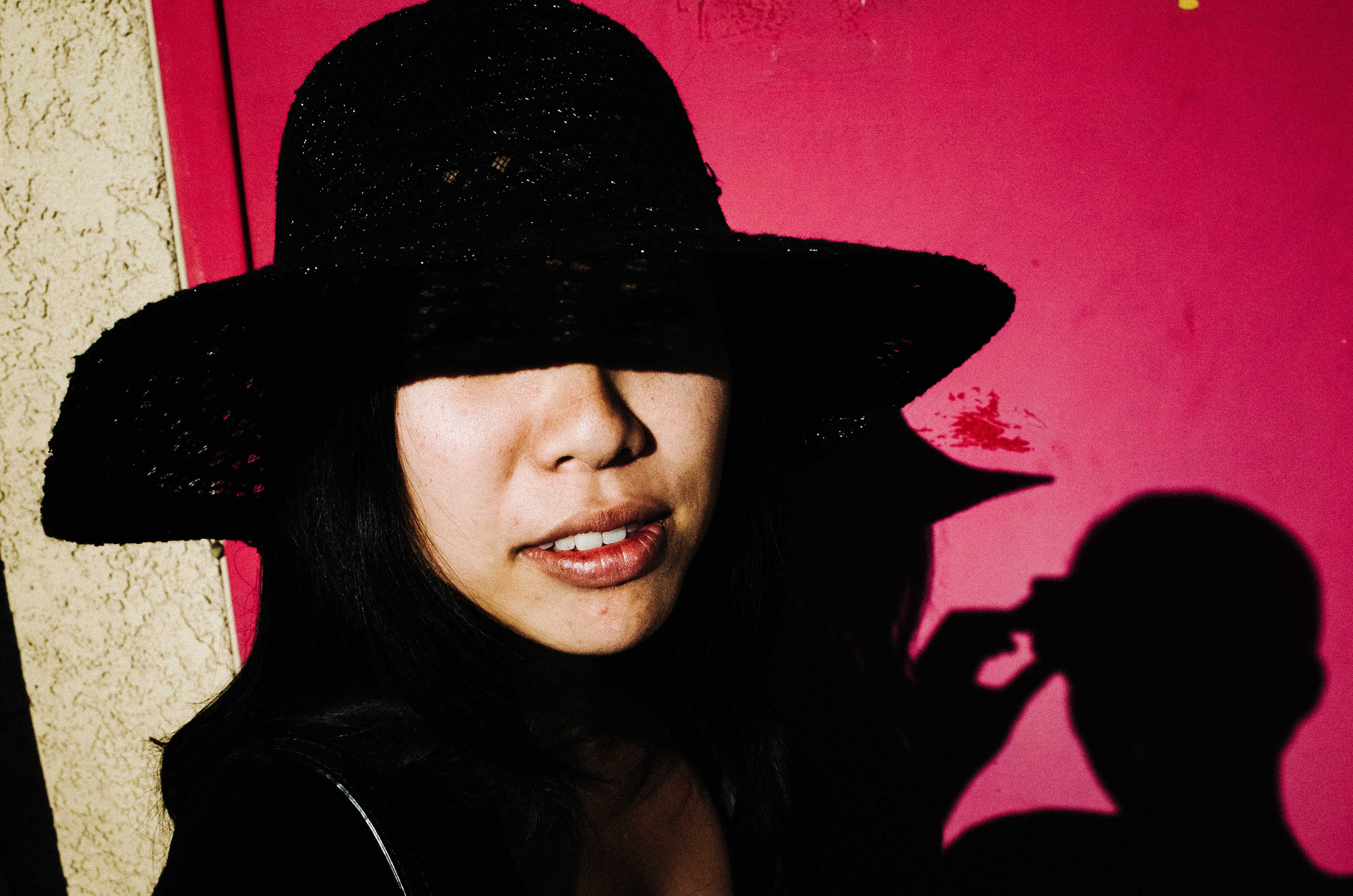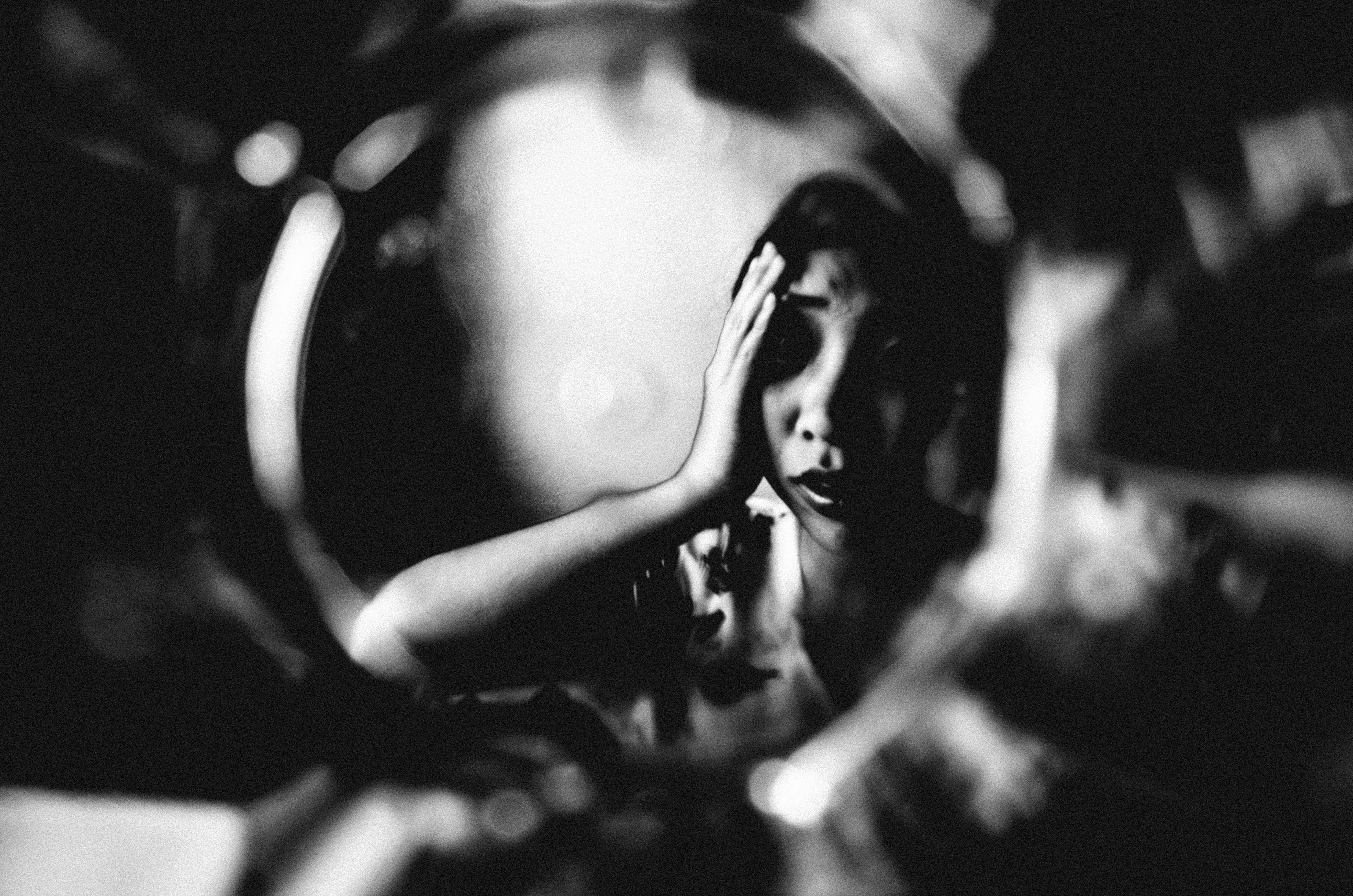
I feel one of the best ways to stay inspired and motivated with your photography is to focus on a project. To take lots of random photos of anything and everything often leads to a body of work that is cluttered, un-focused, and uninteresting. In this article I will share some of my personal thoughts on how you can create your own photography project idea.
Why a “personal” project?

There are billions of photographs out there and millions of photographers. The sad truth is nobody cares about your photography.
But you care about your photography. Your photography keeps you enthusiastic and interested in life. Your photography helps make you feel creative and inspired.
So my suggestion: **focus on making your photography personal **(taking photos for yourself) rather than caring what the outside world thinks about your photographs.
This means that you don’t need to define your style, define your photographs, or define your project. By doing a personal project, you do your project on your own means and by your own standards. The only measure of “success” for your personal project is how you feel about it at the end.
What or who brings you joy?

To start off with a personal photography project, think about what brings you joy, happiness, and enthusiasm in life. That might be your newborn child, your loving partner, your friends, people you meet on the streets, buildings, or street art.
If you love nature, it might be flowers, animals, insects, trees, landscapes, or birds.
Your subject matter can be anything. But the only pre-requisite is that you are personally-interested in whatever you decide to photograph. Otherwise over time, your enthusiasm will fade.
For example, one of the people who brings me the most joy in my life is Cindy. I realized from my buddy Josh White that I spend too much time photographing strangers, and not enough time photographing my loved ones. It didn’t make any sense: why did I spend 99% of my attention and energy photographing strangers with expensive cameras, while I only took smartphone snapshots of my greatest love in life?

As of late, I’ve been focusing on more “personal photography” — by photographing Cindy. I simply dubbed the project “The Cindy Project.” And you can create your own “The [Insert Name] Project” as well.
Often many creatives get stumped by titles. You don’t need a super-fancy title to start a project. Just create a “working title” — an “in-progress” title (you can always change the title at the end). And generally the simpler and less pretentious your title, the more focused, less cheesy, and more personally-meaningful your project will be.
Follow your gut

When you’re working on a personal project, use your heart as a barometer for whether a scene is “interesting” to you or not.
The problem that many of us photographers make is that we care too much about the opinion others have of our own photography. We care more about what others think about our photos; rather than care about our own opinion of our photos.
To rephrase; don’t take photos that others might think is interesting. Only take photos that you think is interesting. And generally that means following your gut and heart.
You will know when you find a scene interesting. Your eyes will get a little bit bigger, your breath might speed up, your heart might beat a bit harder, or you might feel inspired to move and pick up your camera.
When you’re shooting, try not to use your brain too much. Follow your intuition. I generally recommend using your brain more during the editing (selection) process of choosing your favorite photographs— which we will discuss later.
Take your time

Another principle when working on a personal project is to take your time. Some of the most personally-meaningful projects you work on might take years, decades, or even a lifetime.
I am a huge believer of quality over quantity. Who cares if you create 100 photo books before your death; if none of them are personally meaningful to you or memorable to the public?
Don’t feel like you need to rush the process. Some of the best things in life take a long time. If you want a delicious-tasting steak, you want to marinate it for a while. If you want a delicious wine, you want to age it for a long time (same goes with most alcohol). If you want tasty fruit, you want to let the fruit ripen on the tree. Redwood trees take centuries, even millennia, to grow to the heights that they do.
When you feel pressured to constantly share your photos and publish it online, ask yourself, “Am I feeling so hurried and rushed because others expect me to always be sharing photos? Or do I genuinely want to share the progress that I’m making?”

Personally I find that the more photos that I share on the internet and on social media, the less personally-meaningful they become to me. This is because by not sharing photos online, I know that I am really taking the photos for myself, not for others.
This is not to say that you should never share your photos. In-fact, the more personal your photos are, the more universal they will be to others (credit to my friend Vincent Tam for this idea).
Even for my “Cindy Project” — this will be my life’s project (until death does me and Cindy part). It is a project that I am working for myself (by photographing Cindy, I feel more connected to her, and more grateful of her). Furthermore, it is a legacy I want to leave behind to our future kids and family. And I also hope that the project can inspire others to also appreciate their loved ones and family more.
Be fine abandoning projects

For me, for every 10 project ideas I have, I only finish 1. To me that is a fine batting average.
I’ve read that originality isn’t about having a lot of good ideas— it is about choosing the very few good ideas that you have.
What I do when working on projects is I create different versions of the project as time goes on.
For example, when I started my “Suits” project, my folders on my hard drive looked like this:
- Suits v1
- Suits v2
- Suits v3
- Suits v4
- Suits v5
Every time I created a new edit or version of my project, I would add a new “v” to the end.

By the time I got up to 5 different versions, I knew I was onto something. By creating so many different variations of the project, I knew that I was passionate and enthusiastic enough about the project to continue.
As of now, the final version I have on my computer is “Suits v26.” And who knows if that is the final version— I still have a few more photos I’m thinking about adding/removing from the final version.
On editing and sequencing a personal project

I feel that the end of the day, every photo project should tell some sort of story. As humans, we are story-telling creatures. This is how epic stories like the Illiad and The Odyssey have existed over centuries (through the oral tradition). Even early Christians shared stories of Jesus verbally (before it was written down).
When I edit (select my favorite photos) and sequence a project, I think about what kind of story I’m trying to show the viewer. I generally try to use my heart to edit the photos, and make it flow like poetry. And unfortunately, poetry isn’t science— there is no hard-logic behind sequencing a series of images.
But one of the best places to find inspiration for sequencing is movies. Think of how movies usually are structured:
- Opening/establishing shot (generally a landscape or aerial view of where the place is)
- Setting of the characters/actors
- Drama/action
- Problem arises
- Problem is solved
- Climax
- Closing shot (resolution)
There are also many untraditional story arcs which don’t go in chronological order (think of the movie Memento, which is a series of flash-backs that plays out-of-order).
Ultimately there is nobody out there who knows your story better than yourself.

I also suggest printing out your photos as small 4×6’s, and spreading them on a big table, and finding how you can find a sequence and flow to your images. By having small prints, you can find per-chance pairings of images that work, and find serendipity to help your project in a positive way.
I also suggest asking for honest feedback and help from friends/colleagues you trust. It is important to note their feedback, but don’t feel forced to follow all their suggestions. And the truth is sometimes we need distance from our own work to be more “objective” about the quality of our images.
Enjoy the process

You always enjoy the process of working on a photographic project more than actually completing it.
Therefore my suggestion is to enjoy every photograph and every step of the way. Don’t force yourself to complete your project before it is ripe. Don’t feel pressured to impress your friends or family with your photos.
Shoot for yourself, make the most personally-meaningful photos you can, and shoot from your heart.

